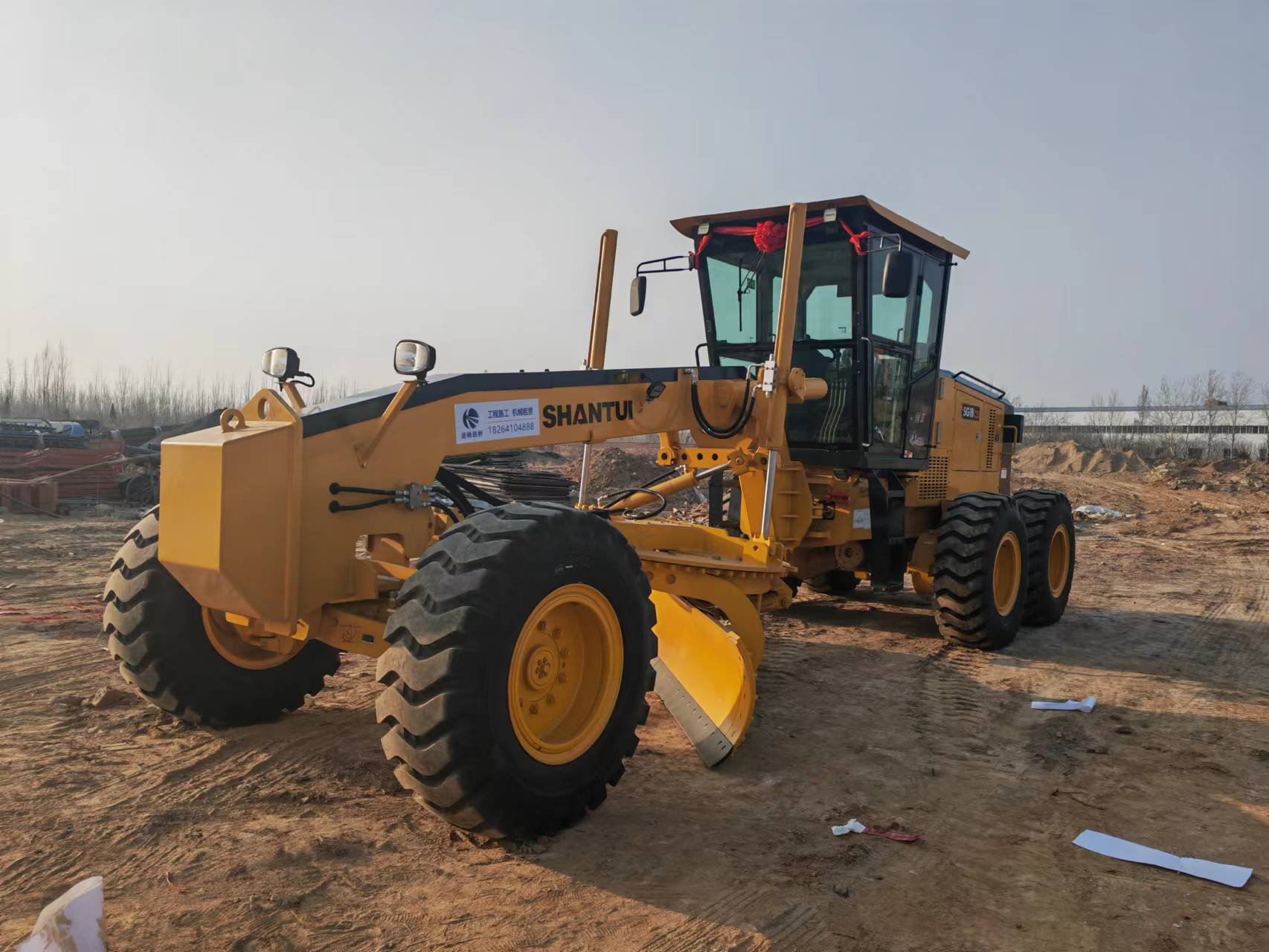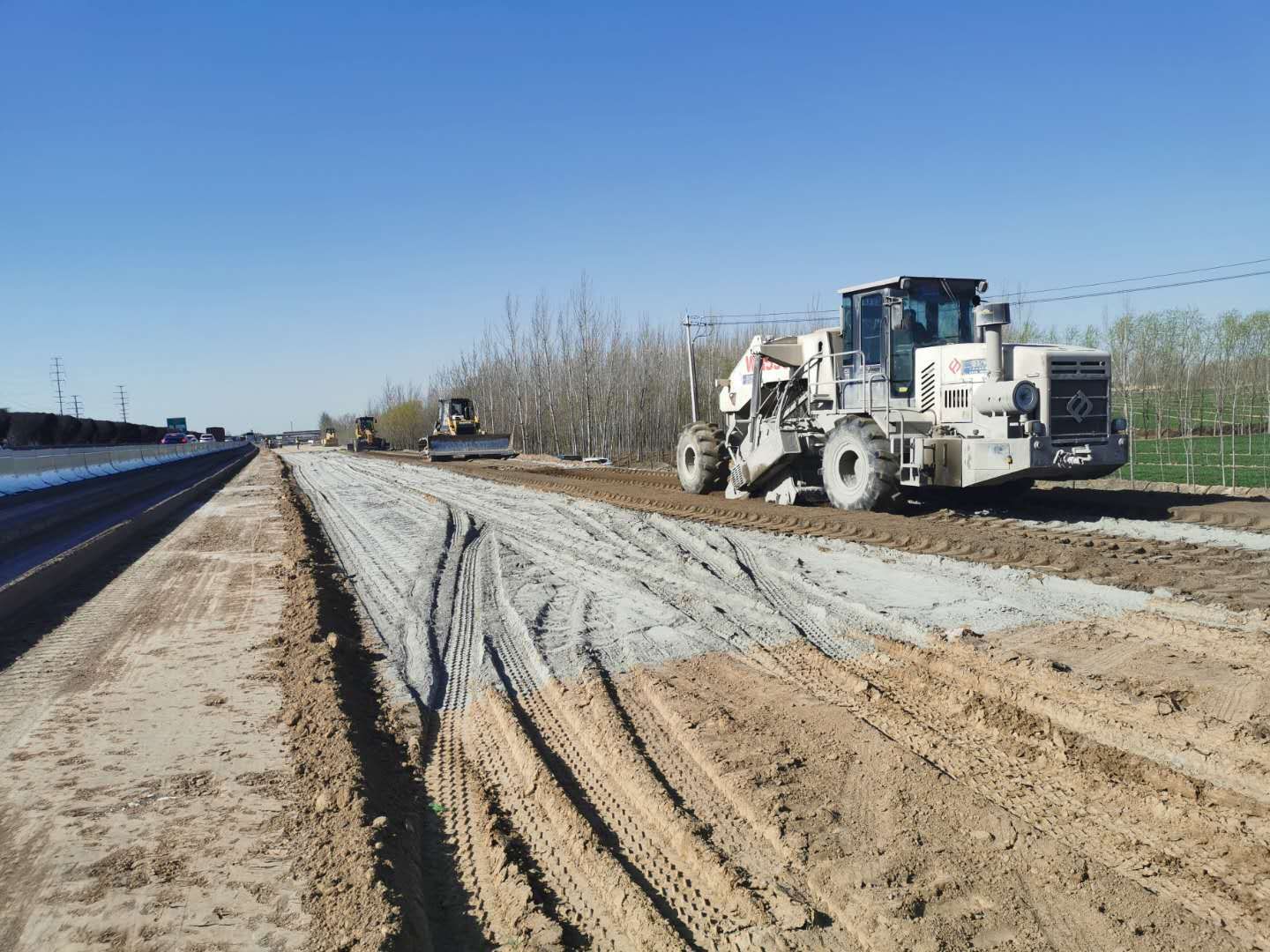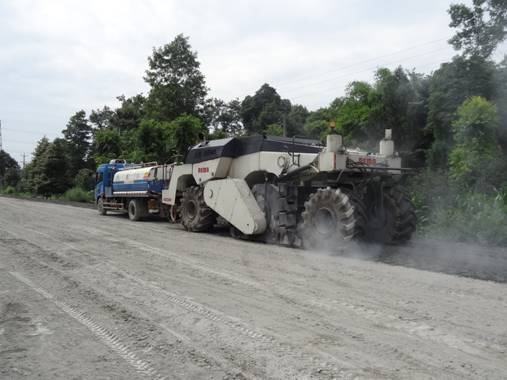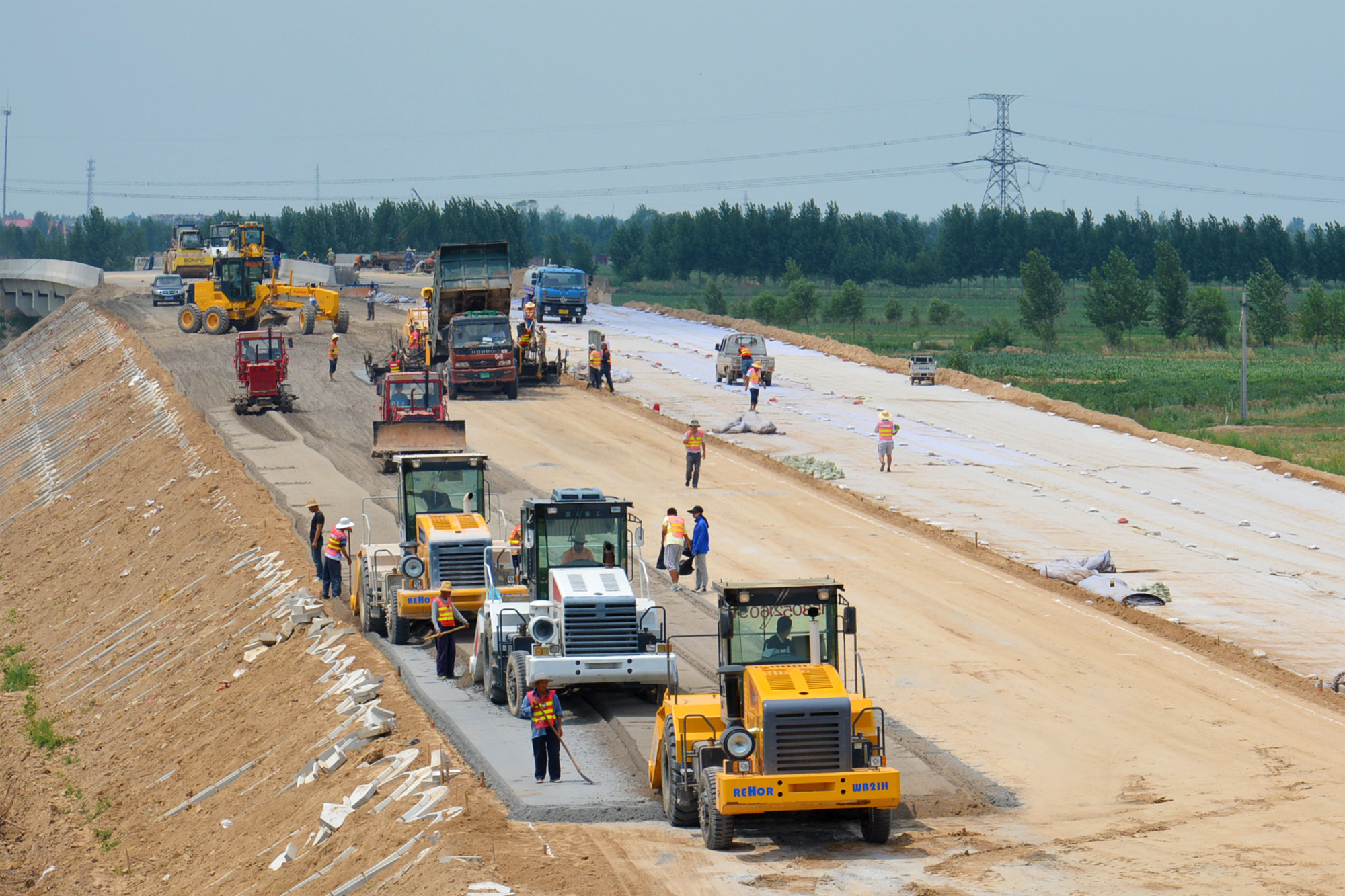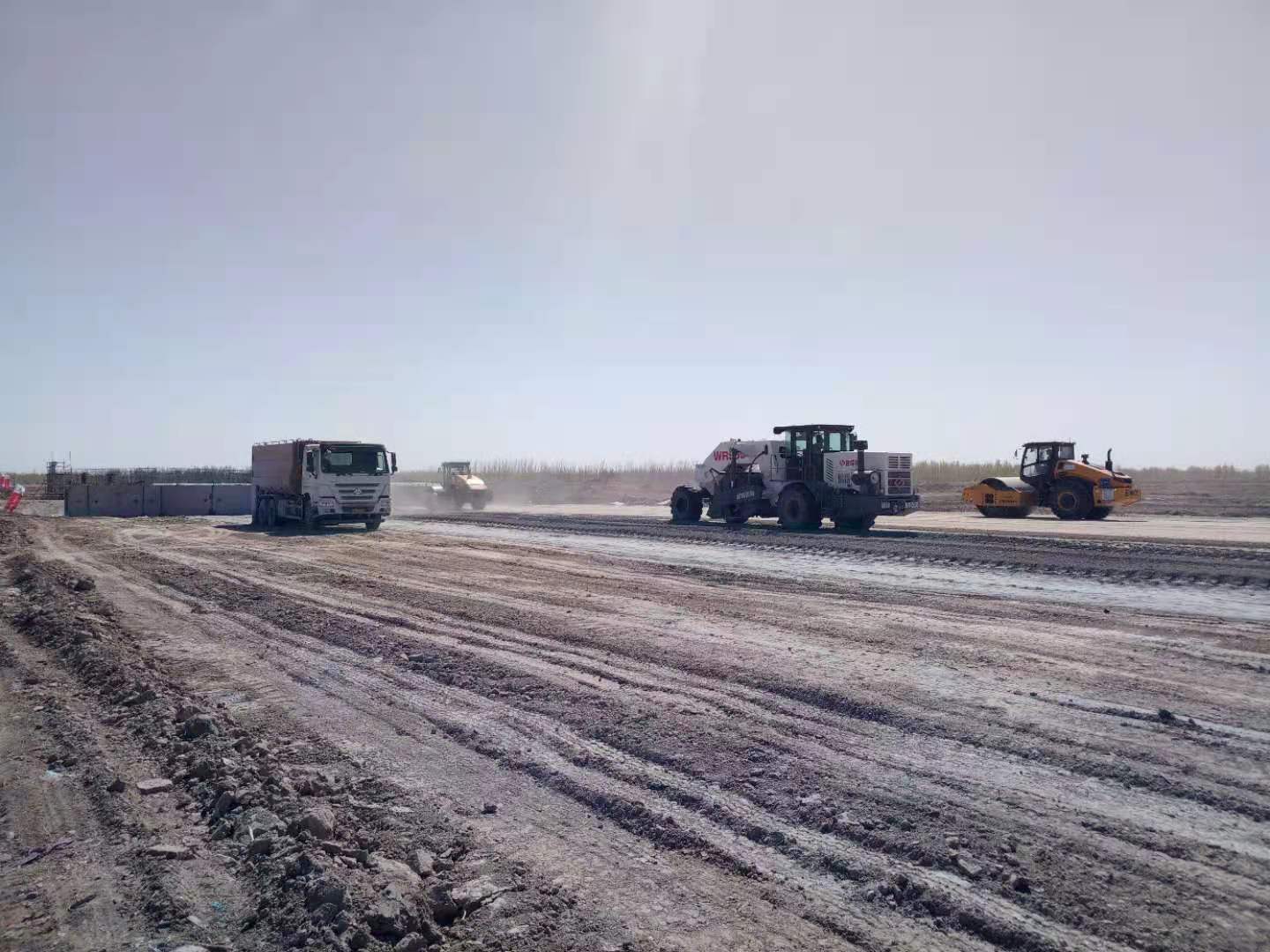
山东途畅路桥工程有限公司
联系人:石总
电话:18264104888
地址:山东省济南市槐荫区经一路273号群盛华城
冷再生机在桥梁衔接段特殊处理工艺中的应用解析
桥梁与道路衔接段作为交通基础设施的关键节点,其平整度与结构稳定性直接影响行车与使用寿命。冷再生机租赁服务为该区域的特殊处理提供了经济的解决方案,通过材料再生与工艺优化实现新旧结构的有效融合。本文将系统阐述冷再生机在桥梁衔接段施工中的核心技术要点。
As a key node of transportation infrastructure, the smoothness and structural stability of the bridge and road connection section directly affect driving safety and service life. The leasing service of cold recycling machines provides an economical and efficient solution for the special treatment of this area, achieving effective integration of old and new structures through material regeneration and process optimization. This article will systematically explain the core technical points of cold recycling machines in the construction of bridge connection sections.
一、工程难点与技术需求
1、 Engineering difficulties and technical requirements
桥梁衔接段存在三大核心难题:
There are three core challenges in the bridge connection section:
刚柔过渡问题:桥梁结构刚性与路基柔性形成模量差异,易导致差异沉降。
Transition problem between rigidity and flexibility: The difference in modulus between the rigidity of bridge structures and the flexibility of roadbeds can easily lead to differential settlement.
材料兼容性:桥头混凝土结构与路基沥青/水泥材料需实现力学性能匹配。
Material compatibility: The mechanical properties of the concrete structure at the bridgehead and the asphalt/cement materials used in the roadbed need to be matched.
施工空间限制:狭窄作业面要求设备具备高精度操控能力。
Construction space limitations: Narrow working surfaces require equipment with high-precision control capabilities.
冷再生机通过就地再生技术,可将旧路材料转化为高性能基层,同时实现精确的纵断面控制,有效化解上述矛盾。
The cold recycling machine can convert old road materials into high-performance substrates through on-site regeneration technology, while achieving precise longitudinal section control, effectively resolving the above contradictions.
二、核心处理工艺解析
2、 Analysis of core processing technology
精准铣刨与材料配比
Precise milling and material proportioning
采用激光控制铣刨深度,确保衔接段坡度误差控制在±5mm以内。对桥台背墙5米范围内实施梯度铣刨,深度从0逐步过渡20cm,形成柔性缓冲层。再生材料需添加6%-8%水泥稳定剂,通过冷再生机内置计量系统实现精准掺配。
Laser controlled milling depth is used to ensure that the slope error of the connecting section is controlled within ± 5mm. Implement gradient milling within 5 meters of the back wall of the bridge abutment, gradually transitioning from 0 to 20cm in depth to form a flexible buffer layer. Recycled materials require the addition of 6% -8% cement stabilizer, which can be accurately mixed through the built-in metering system of the cold recycling machine.
特殊添加剂应用
Application of special additives
针对桥头高填方区域,在再生料中掺入0.3%-0.5%聚酯纤维,提升抗裂性能。对于潮湿环境,添加2%-3%生石灰进行改性处理,降低含水率对压实度的影响。添加剂需通过冷再生机专用喷洒系统均匀混合。
For the high fill area at the bridgehead, 0.3% -0.5% polyester fiber is added to the recycled material to improve its crack resistance. For humid environments, add 2% -3% quicklime for modification treatment to reduce the impact of moisture content on compaction degree. Additives need to be evenly mixed through a specialized spray system for cold regeneration machines.
过渡段结构设计
Transition section structure design
在桥台与路基交界处设置30米渐变段,前10米采用冷再生混合料,中间10米掺入30%级配碎石,后10米过渡常规路基结构。该设计使模量从150MPa(桥台)逐步降80MPa(路基),实现应力平稳传递。
Set up a 30 meter transition section at the junction of the bridge pier and the roadbed, using cold recycled mixture for the first 10 meters, adding 30% graded crushed stone for the middle 10 meters, and transitioning to the conventional roadbed structure for the last 10 meters. This design gradually reduces the modulus from 150MPa (bridge abutment) to 80MPa (roadbed), achieving smooth stress transmission.
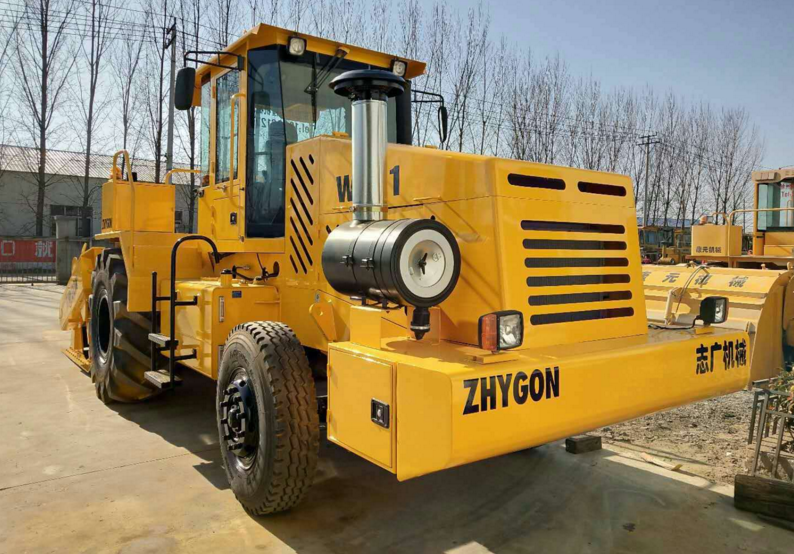
智能压实控制
Intelligent compaction control
采用振动压路机与轮胎压路机组合工艺,前3遍使用高频低幅模式(频率50Hz,振幅0.3mm),后2遍切换为低频高幅模式(频率30Hz,振幅0.8mm)。通过压实度连续检测仪实时监控,确保96%以上区域达到马氏压实度98%标准。
The combination process of vibratory roller and tire roller is adopted. The first three passes use high-frequency low amplitude mode (frequency 50Hz, amplitude 0.3mm), and the last two passes switch to low-frequency high amplitude mode (frequency 30Hz, amplitude 0.8mm). Real time monitoring is carried out through a continuous compaction degree detector to ensure that over 96% of the area meets the standard of 98% Mahalanobis compaction degree.
特殊养生措施
Special health measures
衔接段表面覆盖聚酯长丝土工布,搭接宽度不小于20cm。采用智能养生系统,通过埋设温湿度传感器自动调节喷淋频率,保持表面湿润状态不少于7天。对于低温环境,增设电热布进行辅助保温。
The surface of the connecting section is covered with polyester filament geotextile, with a lap width of not less than 20cm. An intelligent health system is adopted, and the spraying frequency is automatically adjusted by embedding temperature and humidity sensors to maintain the surface in a moist state for not less than 7 days. For low-temperature environments, add electric heating cloth for auxiliary insulation.
三、施工质量控制要点
3、 Key points of construction quality control
界面处理:彻底桥台背墙浮浆,凿毛深度达2-3mm,露出粗骨料。在混凝土表面涂刷乳化沥青粘层油,用量控制在0.6-0.8kg/m²。
Interface treatment: Thoroughly remove the floating slurry on the back wall of the bridge pier, chisel to a depth of 2-3mm, and expose the coarse aggregate. Apply emulsified asphalt adhesive layer oil on the surface of concrete, with a dosage controlled at 0.6-0.8kg/m².
含水率控制:再生料含水率需保持在含水率±2%范围内,采用红外快速检测仪每50米检测一次。
Moisture content control: The moisture content of the recycled material should be maintained within the optimal moisture content range of ± 2%, and an infrared rapid detector should be used to detect it every 50 meters.
平整度验收:使用8米直尺检测,间隙不超过3mm,连续10米范围内极差控制在5mm以内。
Flatness acceptance: Use an 8-meter ruler for testing, with a maximum gap of no more than 3mm, and control the range within 5mm within a continuous 10 meter range.
模量检测:采用便携式落锤弯沉仪(PFWD)检测动态模量,确保不低于120MPa。
Modulus testing: A portable drop hammer deflectometer (PFWD) is used to measure the dynamic modulus, ensuring that it is not less than 120MPa.
四、环境与经济效益
4、 Environmental and Economic Benefits
材料循环利用:每千米衔接段可消化旧路材料800-1000吨,减少石料开采量60%以上。
Material recycling: 800-1000 tons of old road materials can be digested per kilometer of connecting sections, reducing stone mining by more than 60%.
工期优化:冷再生工艺较传统挖除重建缩短工期40%,降低交通管制成本。
Construction period optimization: The cold recycling process shortens the construction period by 40% compared to traditional excavation and reconstruction, and reduces traffic control costs.
全生命周期成本:通过提升衔接段耐久性,减少后期维修频次,综合成本降低25%-35%。
Whole life cycle cost: By improving the durability of the connection section and reducing the frequency of later maintenance, the overall cost is reduced by 25% -35%.
冷再生机在桥梁衔接段特殊处理中展现出显著的技术优势,通过材料再生、结构过渡、智能施工等创新工艺,有效解决了传统施工中的质量通病。随着设备智能化水平的提升,如5G远程操控、AI压实控制等技术的应用,冷再生工艺将向更精准、更的方向发展,为交通基础设施建设提供可持续的解决方案。
The cold recycling machine has demonstrated significant technical advantages in the special treatment of bridge connection sections, effectively solving common quality problems in traditional construction through innovative processes such as material recycling, structural transition, and intelligent construction. With the improvement of device intelligence level, such as the application of 5G remote control, AI compaction control and other technologies, the cold recycling process will develop towards a more accurate and efficient direction, providing sustainable solutions for transportation infrastructure construction.
本文由冷再生机租赁友情奉献.更多有关的知识请点击:http://www.tclqgc.com真诚的态度.为您提供为的服务.更多有关的知识我们将会陆续向大家奉献.敬请期待.
This article is a friendly contribution from Cold Recycling Machine Rental For more information, please click: http://www.tclqgc.com Sincere attitude To provide you with comprehensive services We will gradually contribute more relevant knowledge to everyone Coming soon.
阅读/ Recommended reading
- 冷再生机租赁国道改建显“神功” 2025-10-30
- 冷再生机租赁助四川平昌加快公路提档升级改造 2025-10-29
- 冷再生机租赁助力公路养护中心进行公路工程建设 2025-10-28
- 冷再生机凭借其节约能源养护时间短助力公路部门快速建设 2025-10-27
S102济青线诸城曹家泊高密柴沟段、高密柴沟高密胶州界段修复养护工程施工项目冷再生试验段建设在柴沟镇区东、西两个标段同步展开。潍坊市公路事业发展中心、潍坊交通发展集团、高...





